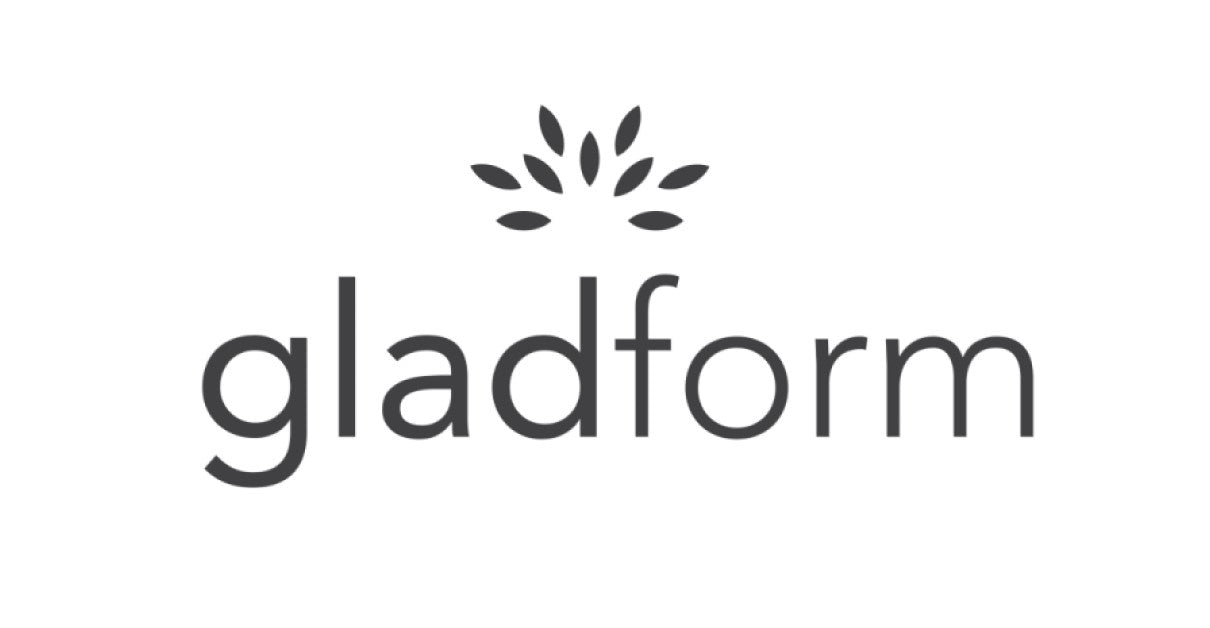Is Pilates Good for Scoliosis?
Contributed by Rika Brixie
Scoliosis is a spinal condition where the spine develops a curvature, forming the shape of a C or an S with a three-dimensional twist. This condition affects roughly 2-3% of the population, which, in the USA, amounts to somewhere between 6-8 million people. Structural scoliosis is a progressive condition, with no known cure, and, whilst bracing and corrective surgery can be offered as treatments by the medical community, many patients are left seeking more holistic alternatives to manage their scoliosis; or indeed, to rehabilitate following scoliosis corrective surgery.

Pilates method spans the entire body including feet, side body, pelvis and shoulders
Many individuals with scoliosis are led towards Pilates as a form of conditioning that may be appropriate for them but are plagued by their own questions about whether Pilates can truly be beneficial for those with a spinal curvature. At its core, the Pilates method upholds a number of principles, including breathing, centering and precision, that inadvertently make it a safe and effective form of exercise for those with scoliosis as well as many others. Even in its simplest form, Pilates can be invaluable to develop balance and muscular strength to support the curve of a scoliosis. Often, the complex structure of a scoliosis requires and deserves a more bespoke approach in order to achieve the best results. The fullest benefits of Pilates for scoliosis can be found by attending private Pilates sessions under the trained eye of an instructor who is capable of creating a tailored program for the specific needs of each person’s unique curvature, utilizing the full outfit of Pilates apparatus (such as the mat, Reformer and Wunda Chair).
For the scoliotic spine, it is important to understand that Pilates based exercise will not reduce the curvature or ‘cure’ the condition. However, regular Pilates classes – addressing the needs of the individual – can help to achieve a number of the following:
- Strengthen muscles of the trunk in a balanced way
- Relieve back pain and discomfort
- Improve posture and aesthetics of torso
- Increase core stability and flexibility and improve health
- Minimize symptoms such as appearance of rib and hip protrusions
- Widen range in spinal mobility
- Build confidence and develop positive self-image
- Lessen the impact of scoliosis on everyday life
- Improve health and quality of life
Because of the various curves and twists of a spine with scoliosis, it can be hard to attain a “neutral” alignment, or even to feel how the body’s placement may need to adjust in space. For this reason, the full implement of BASI Systems Pilates apparatus can provide the ultimate set of tools that a person with scoliosis needs in order to conduct effective strengthening and conditioning of the body. The Reformer offers valuable feedback for the body in all ranges of movement, utilizing springs and straps to help exercise the body evenly and address muscular imbalances that may result from a scoliosis. The spring tension on the Reformer, as well as the Cadillac, can be used to lengthen the spine and relieve muscular tightness. Whilst the Pilates Mat work can prove challenging for someone with scoliosis, it is possible to increase the success of exercises executed on the mat by implementing small props, such as the Magic Circle and Theraband, to offer support and feedback where this would not otherwise be possible.
The F2 System, in particular, offers an incredible degree of versatility. When working with clients with scoliosis, the F2 System gives such great scope for creativity, that I have been able to invent a number of exercises specifically to benefit those with scoliosis, alongside having the freedom to adapt more generalised exercises in order to better suit unique, curvy spines.

Pilates exercises are widely used in physiotherapy
As a person living and moving with scoliosis, Pilates has enabled me to find a sense of lightness and spaciousness in my body, that I never thought would be possible. The compressed areas of my spine are offloaded, my posture is visibly improved and I am pain-free. More than that, Pilates empowers me and gives me a sense of control over my condition. It is because of the profound impact that Pilates has had on me and my spine, that I now work with many clients with spinal curvatures and that I am so eager to encourage others with scoliosis to discover the myriad ways in which Pilates can also help them to maintain and care for their spines.
Rika Brixie is BASI Associate Faculty, specializing in Scoliosis. She is based in London, where she teaches alongside the phenomenal BASI Pilates UK team at The Pilates Clinic (Wimbledon).
Rika’s first and enduring passion in life is movement. Rika discovered Pilates as a young dancer in the UK, following diagnosis with scoliosis. She later moved to New York City to study classical ballet, where she began to implement regular Pilates classes into her training, recognising its potential for injury prevention and body conditioning. Rika danced professionally over the following years with Atlanta Ballet and Oklahoma City Ballet.
Upon retirement from her ballet career, Rika returned to the UK and began her first certification as a Pilates Instructor, with Pilates Therapy. She was subsequently driven to attend the BASI CTTC.
The experience of living with scoliosis has given Rika a unique insight into the deep workings of the body and movement. Rika found true inspiration when she began teaching others with scoliosis. She was further able to observe the immense value of Pilates and the potentially transformative effects that it can hold for those with scoliosis. This ultimately led her to create her own Advanced Education course, Pilates for Scoliosis, which she now teaches internationally.

